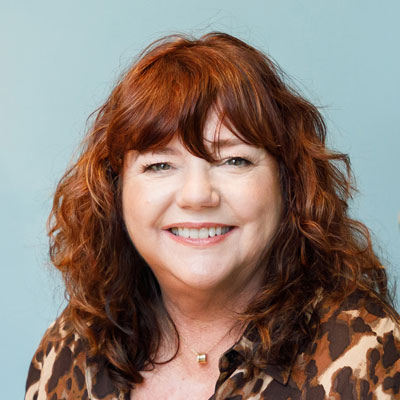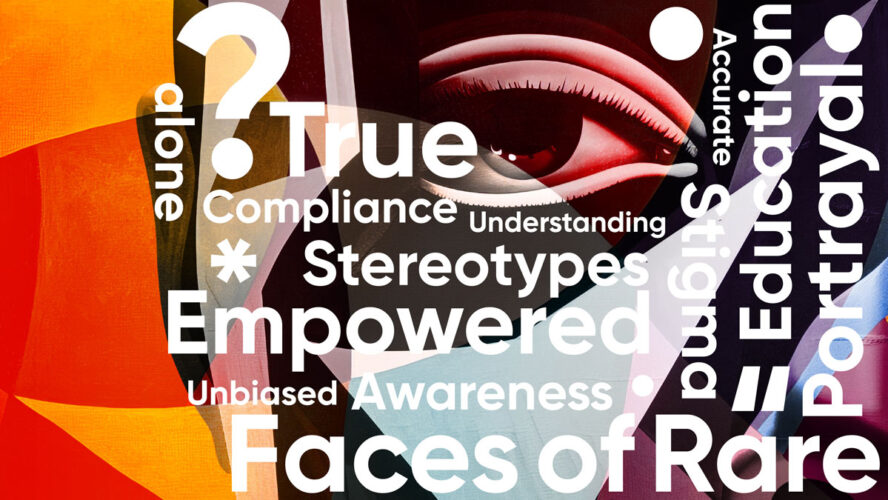
Sue Jameson
Founder, CEO & Medical Signatory, Alchemist Consulting
Pharma companies must deliver rare disease education and awareness information accurately and authentically. Otherwise, it risks being more harmful, rather than helpful.
Alchemist Consulting helps pharmaceutical companies deliver compliant disease education, support and awareness information to rare disease patients, carers and the public.
Authentic portrayal of rare disease
“Pharma companies often produce information about a disease they are involved with,” explains Jameson. “We work with them to check that what they are saying is technically accurate and in line with current medical thinking, relevant, unbiased, accessible, easy to understand and useful. We try to put ourselves in the shoes of the patient and ask: Does it reflect their real experience?” Authentic patient information about complex rare diseases may even support appropriate, timely management.
Using authentic imagery is a simple
way to help rare disease patients
feel empowered and supported.
Respectful representation empowers patients
A recent survey from pharma manufacturer Chiesi UK and patient organisation Metabolic Support UK, called True Faces of Rare, asked rare disease patients what they want to see from educational and awareness materials. They wanted communication to include authentic imagery that provides a careful and respectful portrayal of their condition, improves public understanding, counteracts stigma and prevents stereotyping.
“That message came through loud and clear,” says Jameson. “Using authentic imagery is a simple way to help rare disease patients feel empowered and supported. I think the industry is improving how it represents patients, but there is still a way to go in rare diseases. There’s a societal responsibility to help improve the lives of people living with rare diseases, so we need to play our part. At Alchemist Consulting, we’ve taken learnings from the survey on board and are making sure they are implemented.”
For instance, if a public or patient awareness poster campaign about a rare disease features stock images of people who, in reality, don’t have that disease, this is not helpful to greater understanding. If images are chosen insensitively, there’s a risk that patients could be stereotyped and stigmatised.
Although their conditions are rare, it’s important that patients do not feel alone and have support. We are all learning how to communicate better with the rare disease voice at the centre of the conversation.



